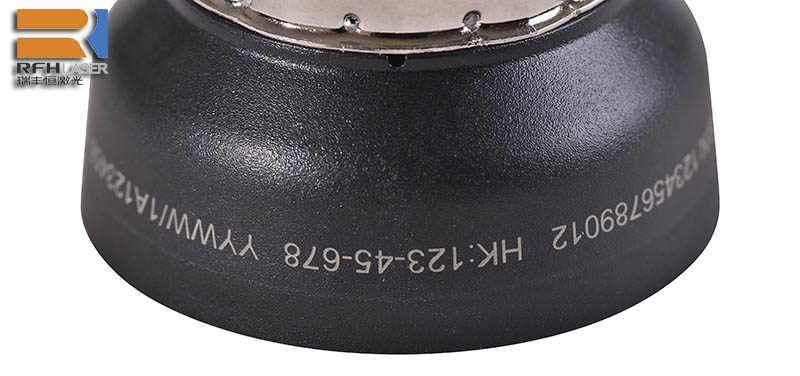Latest Blog
It feels great! Application of 355nm UV Laser in Marking of Kitchenware Industry
Oct 27 , 2022It feels great! Application of 355nm UV Laser in Marking of Kitchenware Industry

Kitchen utensils, as a common tool for family daily diet, are frequently in close contact with food, which can be directly related to dietary health. Due to the needs of brand promotion or product identification, manufacturers of kitchen utensils will mark certain areas of the kitchen products before they leave the factory.

Kitchen utensils include cooking utensils, dining utensils, cooking utensils, washing utensils and other categories. The materials cover metal, plastic, silica gel, wood, ceramics, etc., some are soft, some are hard, some are brittle, traditional marking methods There are methods such as labeling, ink printing, etc. These methods can no longer meet the increasing health and environmental protection needs of the people, and there are still grooves in labeling that are not easy to tear off.
It is replaced by a new process of laser marking, which is more environmentally friendly, more efficient, more energy efficient and more flexible.
Laser marking on kitchen utensils is also very elegant. For example, fiber lasers can be used to mark metal materials such as stainless steel and aluminum alloys, and CO2 lasers can be used to mark wood and plastic. The use of 355nm ultraviolet nanosecond laser can carry out high-quality marking on metal and non-metallic kitchen utensils.
Keyword 1: do not pick materials
Laser marking is a process in which a part of the surface of a material is instantly vaporized and permanently marked by a high-energy-density laser beam. Nafei Optoelectronics 355nm UV laser has a short wavelength and a narrow pulse width (about 25ns), which has a natural advantage in laser marking. Because metal materials or non-metal materials have a high absorption peak at 355nm, and the single-photon energy of 355nm ultraviolet light is high, the molecular bonds of some materials can be easily broken during marking. This process is athermal and has a smaller thermal effect. , the heat affected zone is small and can be regarded as "cold" processing. This kind of "cold" processing is fundamentally different from the heat treatment of infrared lasers, especially for kitchen utensils made of plastic, silica gel, ceramics and other heat-sensitive materials, the 355nm ultraviolet laser can make up for the deficiencies of laser marking in other bands. .
Key word 2: high quality marking
The traditional ink printing and marking method is easy to fall off and easy to contaminate, and it is impossible to carry out tiny, high-precision marking. The high beam quality (M2<1.2) of the 355nm ultraviolet nanosecond laser and the characteristics of easy focusing of ultraviolet light make the spot diameter reach the micron level during marking, and the marking lines are extremely thin, which is suitable for occasions with high marking requirements. It can mark high-definition, high-contrast images and texts on kitchen utensils, which can be simple or complex, and not easy to be imitated. It can not only make the marking more textured, more beautiful, and more in line with modern people's aesthetics, but also effectively prevent counterfeiting. , and at the same time prevent smuggling, serving multiple purposes.